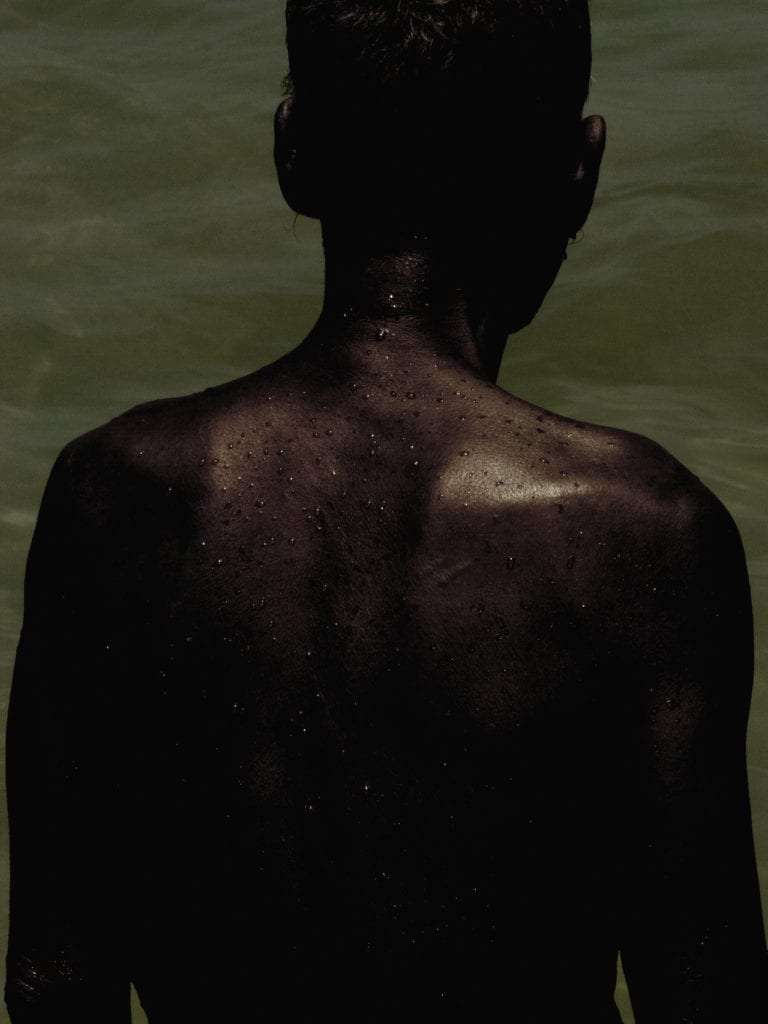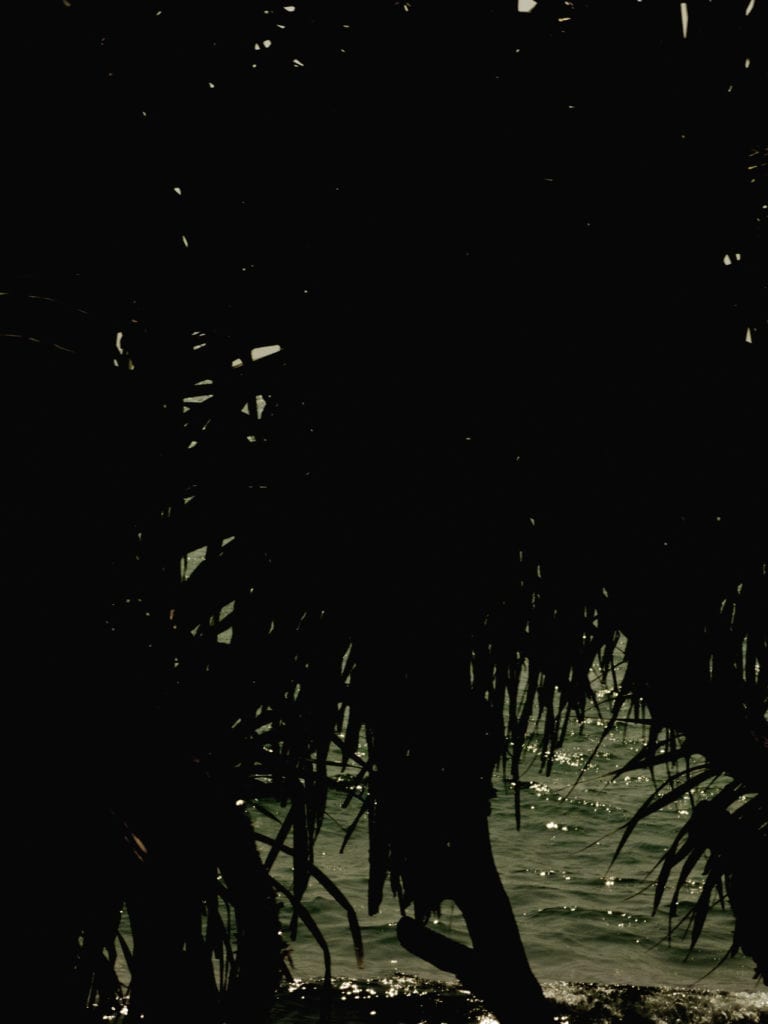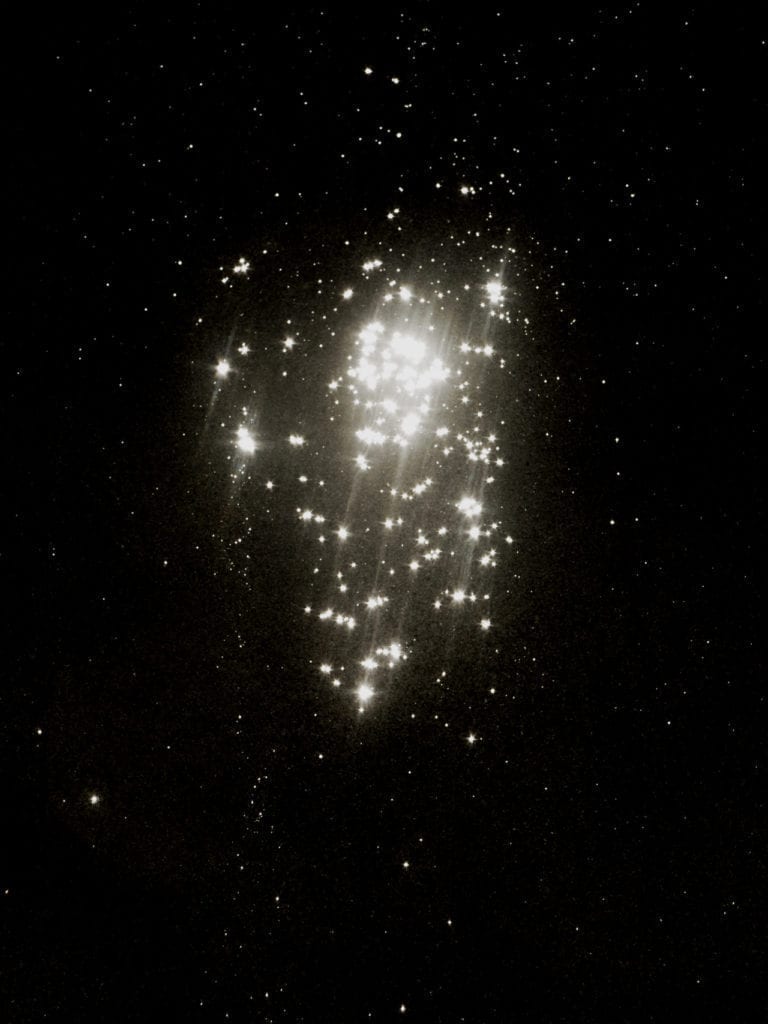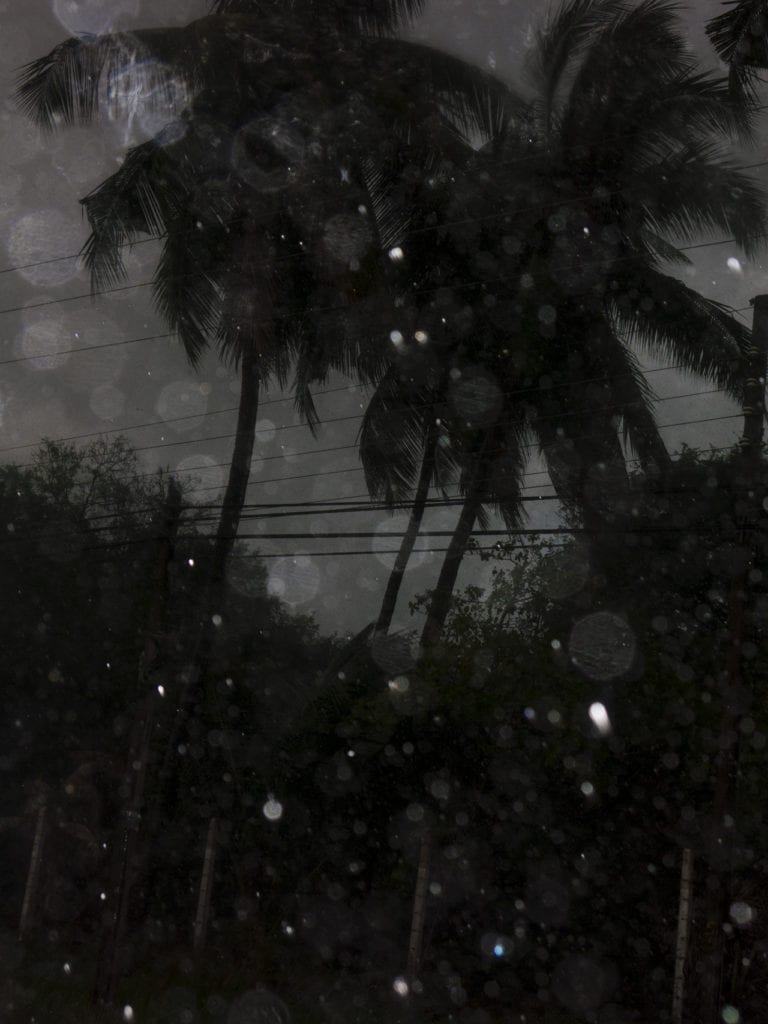Before Yurian Quintanas Nobel went on holiday to Sri Lanka, friends told him how welcoming the people there are. “And they really are,” he says, “but I always felt there was a kind of darkness in this country.
“The recent history of Sri Lanka is very painful in human terms,” he explains. “The country suffered a long civil war that finished only eight years ago, and they had a devastating tsunami in 2004. I remember one afternoon I was taking pictures of a ruined house when a man came out to say hello. We talked for a while and then he told me that his wife and his child had died in the tsunami, and he pointed next to us where they were buried.
“These kinds of situations shocked me, and influenced me more than other things like the hospitality of the people and the beauty of the country. What I had in mind while taking pictures was that not everything is what it seems. Sometimes things are not as beautiful as you thought and sometimes, as happened to me and my girlfriend, you are expecting to find a dangerous snake in every corner but never see it.”
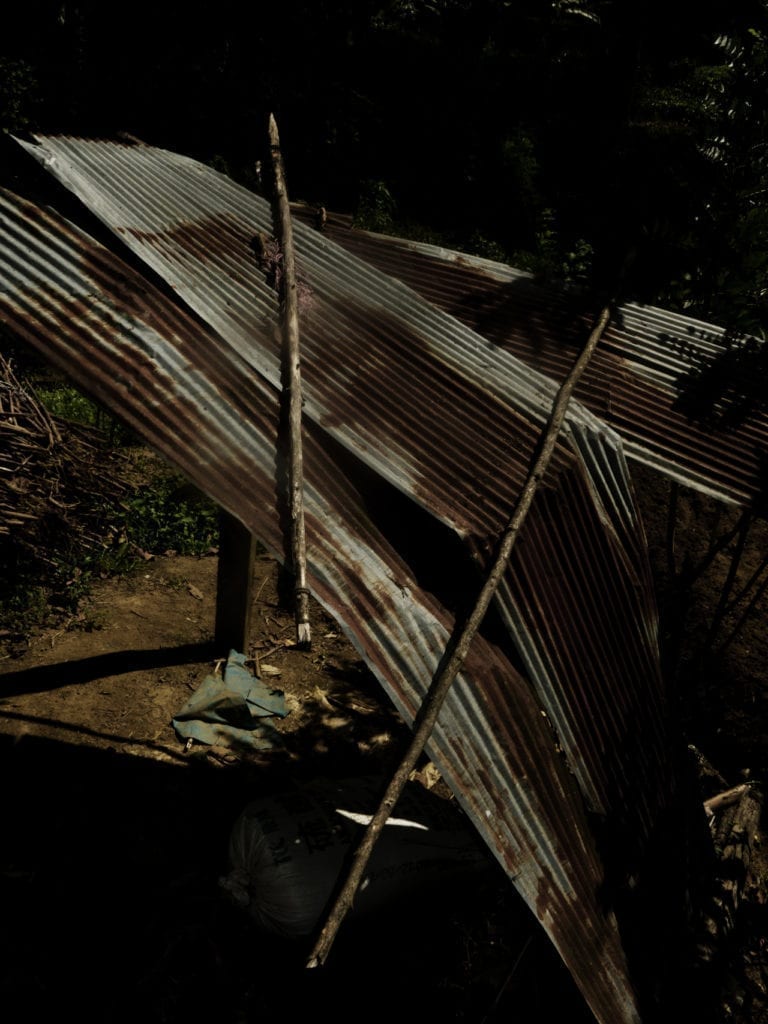
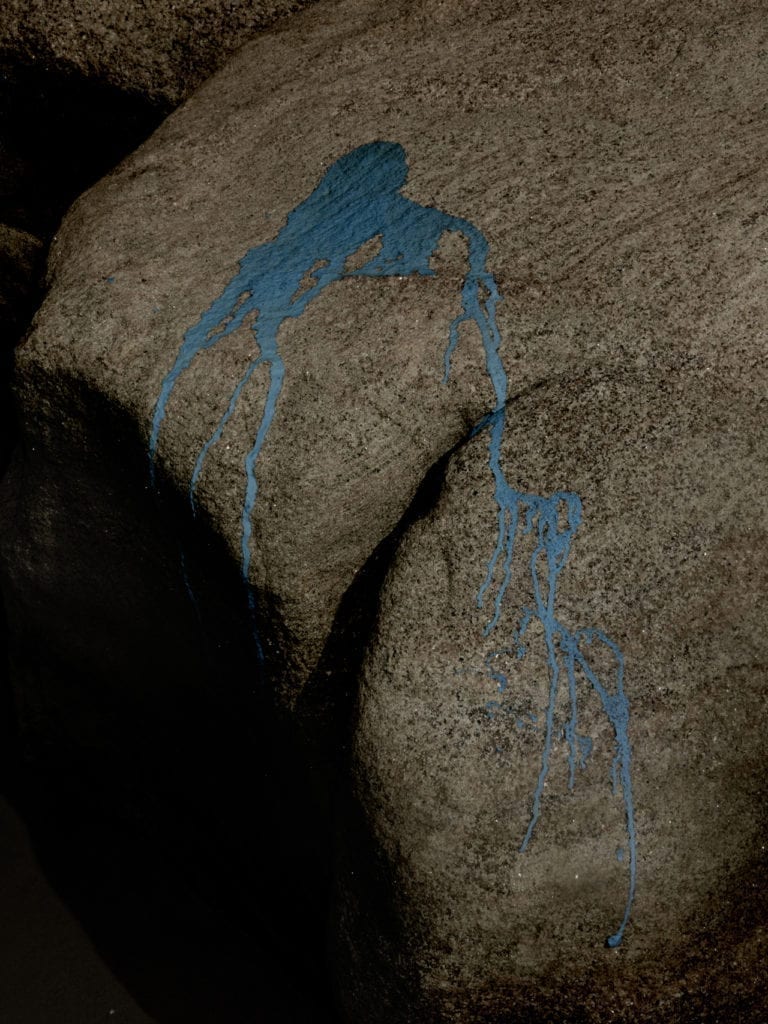
The resulting series he made there, A Smiling Man and a Hidden Snake evokes this sense of unease, sidestepping the beautiful landscapes favoured by tourist brochures and presenting queasily close-up images in a strikingly dusky palette. It’s tonally very different to his previous projects – which include a series on the Californian desert called Happy Nothing, shot in parched, bleached out tone, and series called Indago and Moons shot in high-contrast black-and-white – but if Quintanas Nobel doesn’t have an easily recognisable style, the same sense of discomfort pervades.
“When I was in California I wanted to work in black-and-white, but after a while I realised that it had nothing to do with what I was perceiving, so I immediately turned to colour,” he says. “The other two projects are in black-and-white because they are more like personal dreams, and for me black-and-white helps to emphasise this sensation.
“In some way I think all my projects explore the darkness,” he continues. “I try to talk about things that are not easy to talk about with words. That’s what I like about photography.”
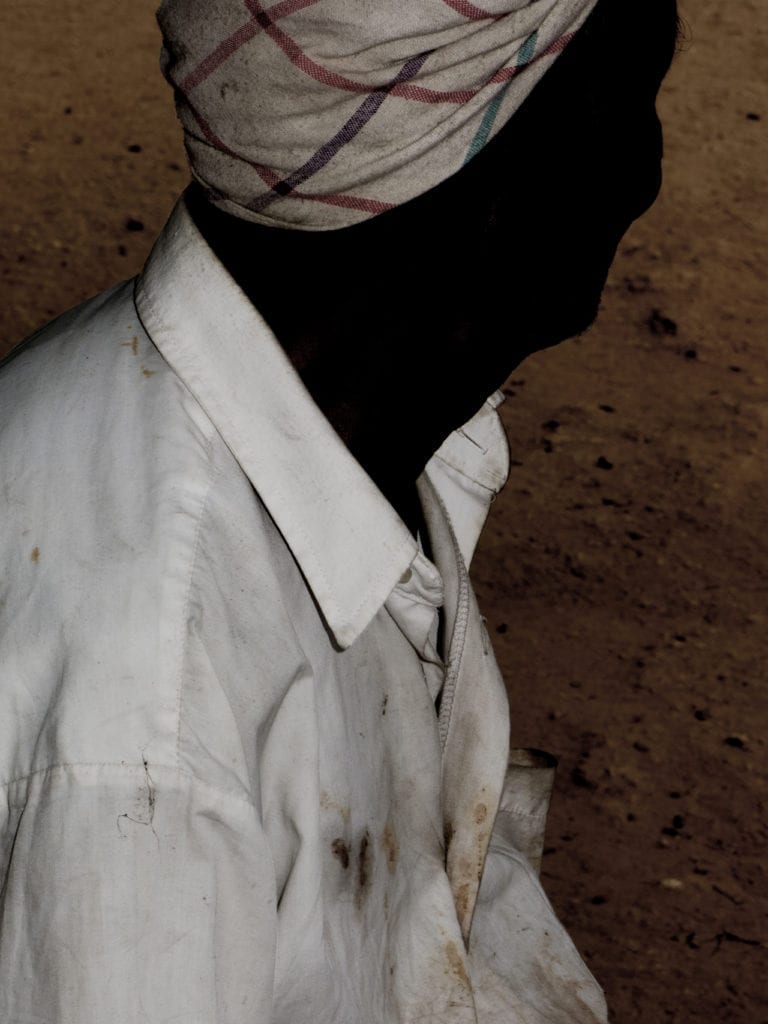
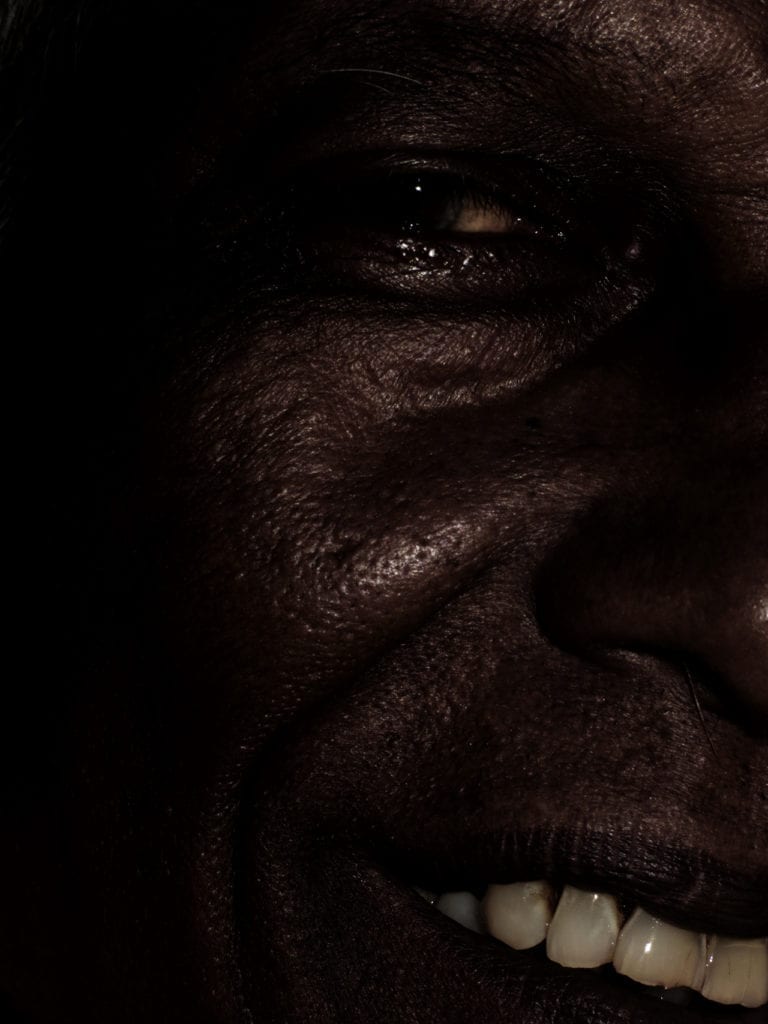
Born in Amsterdam in 1983 but brought up in Catalunya, Quintanas Nobel describes himself as “neither from here nor from there” but has settled in a small village in the countryside outside Barcelona. At the same time he is establishing a successful career in the international photography scene, wining a place in the Photoespana Descubrimientos in 2011, and in the SFR Jeunes Talents at ParisPhoto in 2014. In 2014 he co-founded Socarrel Edicions with Marti Gasull and Salvi Danes (two other talented, fast-emerging photographers); last year his book Indago reached the final in the Prix du Livre des Rencontres d’Arles, and he exhibited Happy Nothing at the FotoFestiwal Lodz.
A Smiling Man and a Hidden Snake was recently shortlisted for the Gomma Photography Grant, but he says the project is ongoing, and plans to go back to take more photographs before publishing it as a book.
“I know I can go deeper into the subject,” he says. “The main goal is to make a book – but first I have to take more pictures, and then find the funding to make it happen.”
Find out more about Yurian Quintanas Nobel at yurianquintanas.com, and about Socarrel Edicions at www.socarreledicions.cat. Yurian Quintanas Nobel sells prints of his work via www.unframedphoto.com
